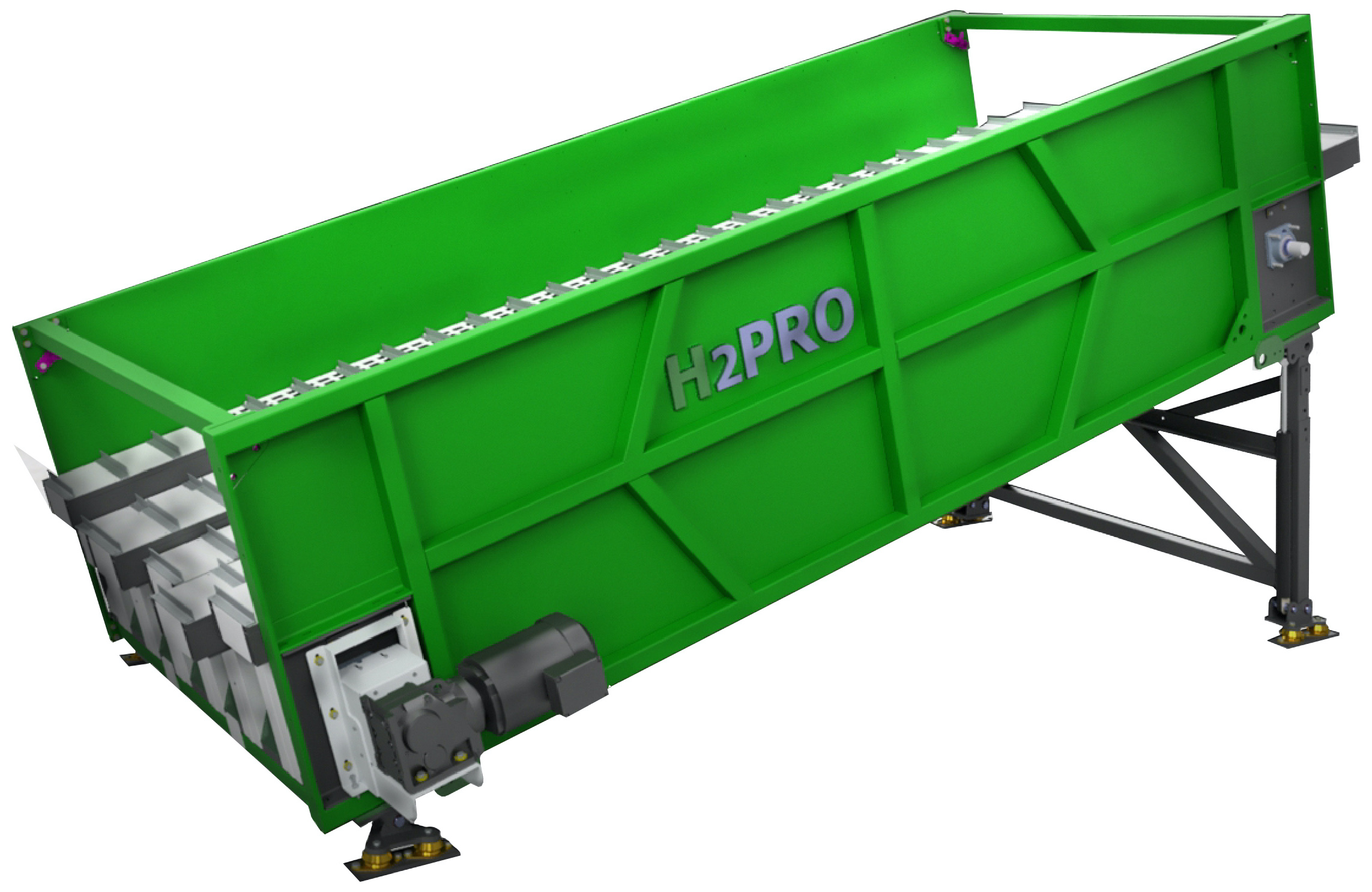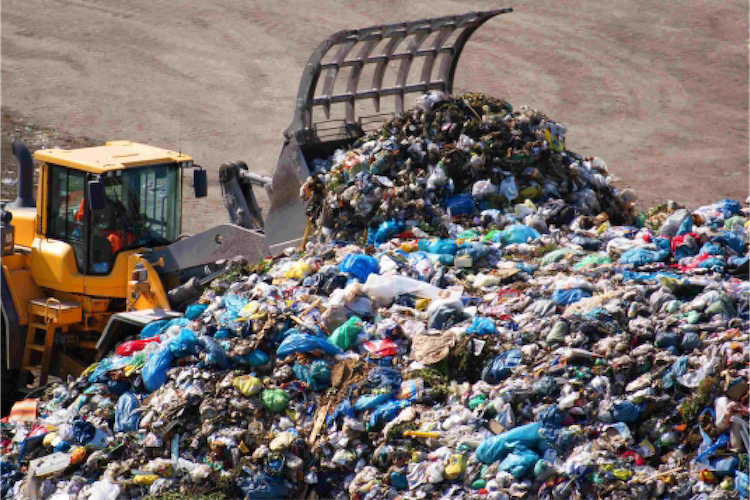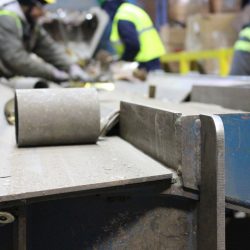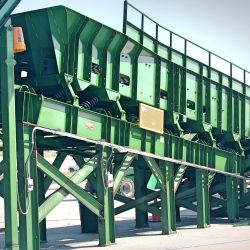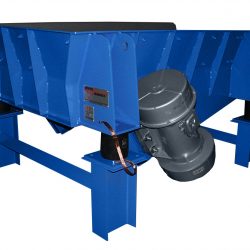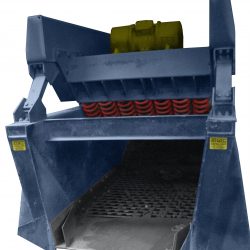There are 3 different series available:
BASE L (Light)
The standard variant BASE L is suitable, among others, for the separation of packaging waste (LVP / DSD), single stream, PET boles and plastic fractions.
With the BASE L, packaging and household-related waste materials are separated into three fractions. The 3D fraction usually consists of dimensionally stable plastics and bottles. The 2D fraction contains all flat and labile plastics and papers. The sieve fraction in the range between 20-100 mm contains the residual materials and small impurities.
BASE M (Medium)
The reinforced version BASE M is suitable, among others, for the separation of abrasive and damp materials such as household waste, organic waste and industrial waste.
With the BASE M, household and light commercial waste are separated. The 3D fraction consists of heavy parts such as bottles, wood, dimensionally stable plastics and stones. Light materials, such as textiles, foils and papers, are in the 2D fraction. Inert materials and impurities between 0 and 100 mm are separated out via the sieve.
BASE H (Heavy)
The heavy version BASE H is designed for the heaviest applications. The robust design allows the use with heavy industrial and commercial waste, construction and demolition waste as well as all other abrasive materials.
With the BASE H, heavy industrial and commercial waste as well as construction and demolition waste up to a unit weight of 30 kg are separated. Stones, wood and other dimensionally stable parts are separated in the heavy fraction. Light materials such as foils, insulating materials and textiles are transported to the 2D fraction. Inert materials and impurities between 0 and 100 mm are separated out via the sieve.
Different machine widths and lengths are available in all series. This enables the adaptation to the quantity to be processed.
The input material is placed on the paddles on the machine. Due to the oscillating movement of the paddles, the material is excited to move both in horizontal direction (conveying direction) and in vertical direction (separation of jumping and non-jumping material). The material migrates to different outputs on the machine because of the simultaneous separation and conveying movement. Rolling and jumping material is deposited at the bottom of the machine. Flat and non-jumping material is deposited at the top of the machine. Screen meshes used on the paddles define the size of the sieving fraction.
Depending on the desired quality, the separation can be influenced by setting various machine parameters.
Technical data
| BASE | 35 | 40 | 45 | 60 | 90 | 120 |
| Variants | L/M | L/M | L/M/H | L/M/H | L/M | L/M |
| Throughput (m3/h) | 10-40 | 35-45 | 45-60 | 60-90 | 90-120 | 120-200 |
| Useful width (m) | 2,0 | 2,0 | 2,0 | 2,7 | 4,0 | 5,4 |
| Length of paddles (m) | 4,0 | 5,0 | 6,0 | 6,0 | 6,0 | 6,0 |
| Number of paddles | 6 | 6 | 6 | 8 | 12 | 16 |
| Drive power (kW) | L/M:11 | L/M:11 | L/M:11, H:22 | L/M: 11, H:22 | L/M:22 | L/M:22 |
| Revolution (1/min) | L: 195, M: 185, H: 180 (adjustable) | |||||
| Angle (•) | ||||||
| Control cabinet (Control) | optional | optional | optional | optional | optional | optional |
| Fieldbus | optional | optional | optional | optional | optional | optional |
| Hydraulic angle adjustment | optional | optional | optional | optional | optional | optional |
| Automatic central lubrication | included | included | included | included | included | included |
| Sieve lattice | rectangle/round: 20-100 | |||||
| Covering | optional | optional | optional | optional | optional | optional |
Throughput can vary depending on the material, material properties, moisture and composition. All values are approximate.

